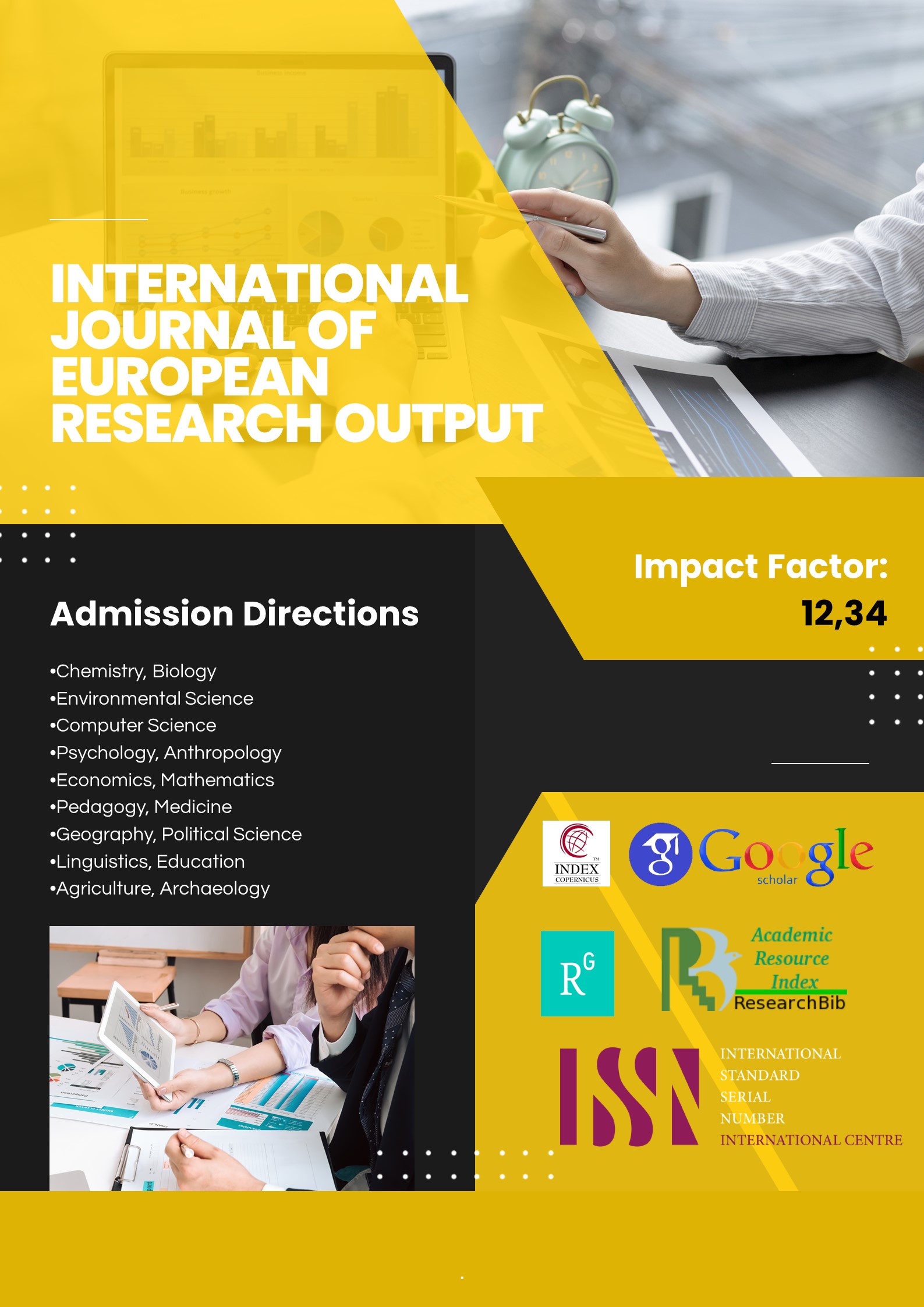EXPLORING THE ROLE OF CRITICAL THINKING IN ENHANCING PROBLEM-SOLVING SKILLS IN STEM EDUCATION
Main Article Content
Abstract
The inclusion of Critical Thinking (CT) in Science, Technology, Engineering, and Mathematics (STEM) education has gained significant attention due to its potential to improve problem-solving skills. This paper investigates the connection between critical thinking and problem-solving, emphasizing the importance of CT within STEM fields. By analyzing relevant literature and educational frameworks, the study demonstrates how critical thinking supports the development of innovative solutions, facilitates deeper understanding, and prepares students for complex real-world issues. Additionally, the paper highlights strategies for fostering CT in STEM curricula and discusses its wider implications for educators and students.
Article Details
References
Barrows, H. S. (2000). Problem-based learning in medicine and beyond: A brief overview. New Directions for Teaching and Learning, 2000(81), 3-12.
Ennis, R. H. (2011). Critical Thinking: A streamlined conception. Teaching Philosophy, 34(3), 167-182.
Facione, P. A. (2015). Critical Thinking: A Statement of Expert Consensus for Purposes of Educational Assessment and Instruction. The Delphi Report. The California Academic Press.
Paul, R., & Elder, L. (2014). Critical Thinking: Tools for Taking Charge of Your Learning and Your Life (4th ed.). Pearson.
Tsai, C.-C. (2006). Science Education: A Cognitive Approach to Learning Science. Springer.
Bailin, S., Case, R., Coombs, J. R., & Daniels, L. (1999). Common misconceptions of critical thinking. Journal of Curriculum Studies, 31(3), 269-275.
Savery, J. R. (2006). Overview of Problem-Based Learning: Definitions and Distinctions. Interdisciplinary Journal of Problem-Based Learning, 1(1), 9-20.
Dewey, J. (1933). How We Think. D.C. Heath and Company.
Garrard, D. R., & Martens, C. A. (2016). Critical thinking in the engineering classroom: What is it, why does it matter, and how do we assess it?. European Journal of Engineering Education, 41(5), 558-574.
